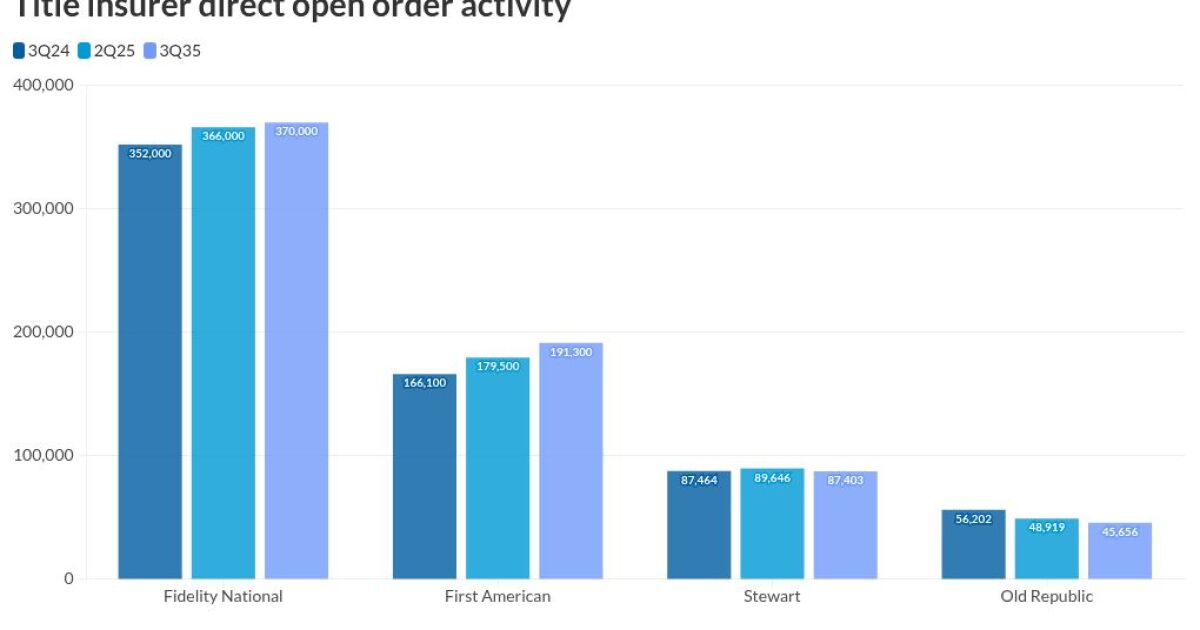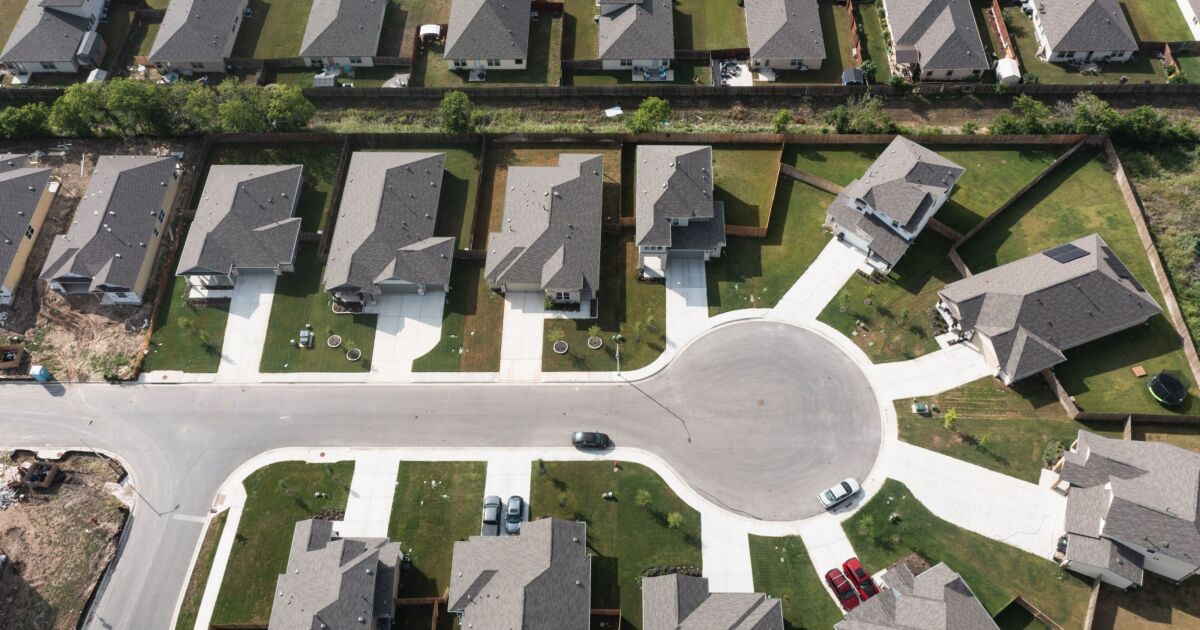
Single women make up 22% of the current homebuyer market, and in general their backgrounds are more diverse than their male counterparts, a report from Maxwell found.
While singles of either gender are making inroads in the housing market, since 2021, women applicants grew 10% but males just 7%.
However, single women are already making up a greater share of homeowners. LendingTree data from January found this group owns 10.76 million homes, or 12.9% of all owner-occupied properties versus about 8.12 million or a 10.06% share of single men.
National Association of Realtors data pointed out that since 1981, the share of single women homeowners has been consistently larger than that of single males. Back then it was 11% to 10%; in 2021, the gap was 10 percentage points, 19% to 9%.
The Maxwell study finds that single women buyers are significantly more diverse.
Just under four in 10, 39%, identify as Black, Hispanic, Latino, Asian or multiracial, versus 21% of men.
More than half of the female homebuyers, 55%, were 34 years of age or younger, compared with 40% of males. Approximately one-third said they had a partner but elected to go it alone because they're the breadwinner, they have better credit or they have more savings.
However, women buyers make more than men only at the lower end of the pay scale, the Maxwell report found. The most significant gap is in the $100,000 to $149,999 bucket, where 35% of single male buyers are making this much, while just 21% of single females fit here.
A separate NAR report just released found that in 2022, the median household income for all first-time buyers was at a high of $95,900, which was up from $71,000 the prior year.
At lower incomes, the single women earn more money, while at higher incomes, the males earn more but the gap is not as wide.
"Today, we're seeing women adopt a 'whatever it takes' attitude towards homeownership," Amy Jo Plummer, vice president of customer success at Maxwell and a woman who purchased two properties as a solo applicant, said in the report. "Because many recognize their earnings don't stack up to their male counterparts, women buying on their own are finding alternative paths to secure financing — whether that's lower money down options, first-time home buyer programs or other creative methods."
Still, the majority of single women mortgage applicants are looking to take some form of conventional financing. Approximately 30% are applying for a 30-year fixed rate mortgage, while another 27% are seeking 15-year FRMs. Jumbo financing makes up another 5% of applications. Adjustable-rate mortgages, popular when interest rates are higher, are sought in 13% of the cases.
Meanwhile, government-guaranteed or insured loans have a combined 20% market share among single women, with the Federal Housing Administration leading the way at 8%, while Veterans Affairs and the U.S. Department of Agriculture are at 6% each.
When it comes to a down payment, 20% of women are putting 3.5% or less down, while another 60% did less than 10%.
Nearly a quarter admitted to borrowing funds from family or friends.
By property type, 51% of single women bought a single-family property, with 18% purchasing a condo, apartment or townhouse, 14% a multifamily home and 10% a manufactured home.
Nearly 20% buy a house looking to use it as a long-term rental or Airbnb.
That includes Plummer. "My husband and I plan to travel extensively at some point in our lives. By owning an investment property, I'm helping to ensure we have the opportunity to pursue that future."
Speaking of the future, 40% of the respondents said they are looking to achieve housing stability; that likely extends to financial stability as well. A woman's wealth is tied to housing as it makes up a larger share of their personal assets, said Ksenia Potapov, an economist at First American Financial.
More than half, 52% of single, female-headed households are homeowners, based on analysis of the 2022 Census Bureau's Current Population Survey Annual Social and Economic Supplements survey, she said.
Based on updated wealth statistics from the latest Survey of Consumer finances data in 2022, for single women, housing has always made up a large share of total assets.
"Over the last 30 years, the average single woman's wealth has increased 124% on an inflation-adjusted basis, from just over $165,000 in 1989 to $369,000 in 2022, and housing has remained the single largest component of their wealth," Potapov said. "In the latest available 2022 data, housing made up 66% of total assets for the average single, female-headed household."
Getting a loan itself was a problem area, the Maxwell survey said, as 30% of single women borrowers were not confident going into the mortgage experience, with a quarter of them claiming not to trust their loan officer. Those are each 10 percentage points higher than for single males.
But as the most recent J.D. Power mortgage originator customer service satisfaction survey found, communication is the key to gaining that trust.
More than half, 57% told Maxwell that proactively communicating the next stage was how the loan officer could earn their trust. This was followed by 53% presenting the best options for her unique situation, 51% for facilitating a quick and smooth process, 41% forming a personal connection and 41% providing comprehensive information and education.
While 67% of single men went to a national bank, just 50% of women chose that option, with 35% going with a local community lender and 15% an online lender.
"I selected my broker because in a sea of lending options, he floated to the top," Plummer said. "While others could match or even beat him on rates, he was extremely communicative regarding next steps, timelines, costs and process."
Maxwell's survey was done in September, with responses from 1,000 women and 300 men who completed the mortgage process as a single applicant in the past five years.



